How Fish Meant for Market Might End Up in a Museum
Natural history curators and fishers have a deep relationship.
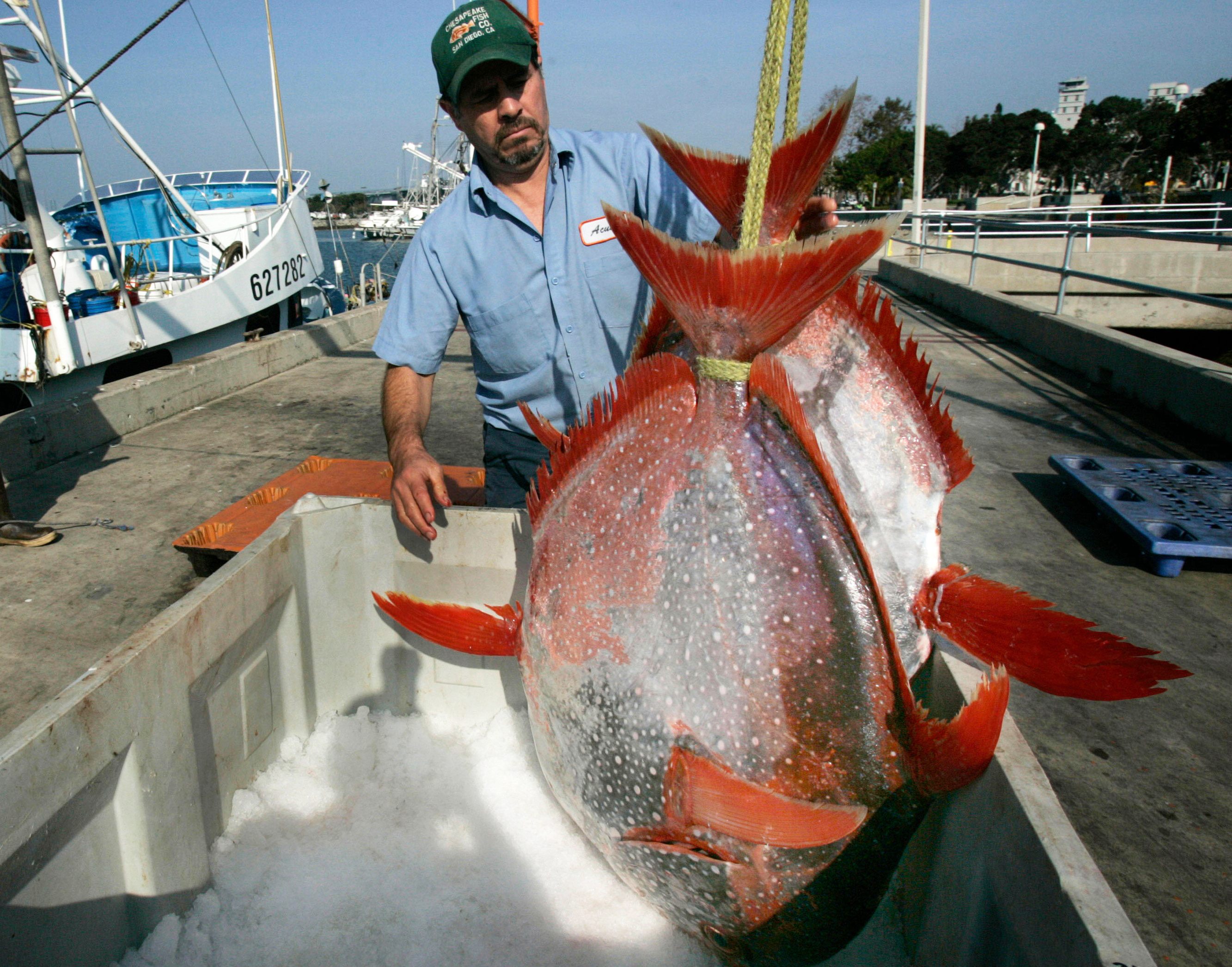
Mark Sabaj’s Subaru had broken down on the way to the mechanic. So as he and his girlfriend, Shinobu Habauchi, waited for AAA on the shoulder of I-76 West, she pulled out her phone. In what had become something of a habit in their relationship, she started showing him photos of fish. The couple had met on Valentine’s Day 2016, on an online dating site, and bonded immediately over their occupations. Habauchi is a fish wholesaler with Samuels & Son Seafood in Philadelphia, and Sabaj manages the fish collection at Drexel University’s Academy of Natural Sciences.
Habauchi swiped through photos of fish that recently arrived at the market, until one caught Sabaj’s eye. A worker at Samuels & Son was holding a tire-sized, spotted, iridescent fish with small, fiery orange fins.
“Wow, that’s fantastic!” Sabaj said. “I really want one of those.”
Sabaj is responsible for about 1.6 million fish specimens—from giant sea bass to a tiny minnow that is among the smallest fish in the world—floating in jars on shelves in the academy’s basement. But the collection of the oldest continually operating natural history museum in the country was missing the fish from the photo. Sabaj wanted to get his hands on an opah.
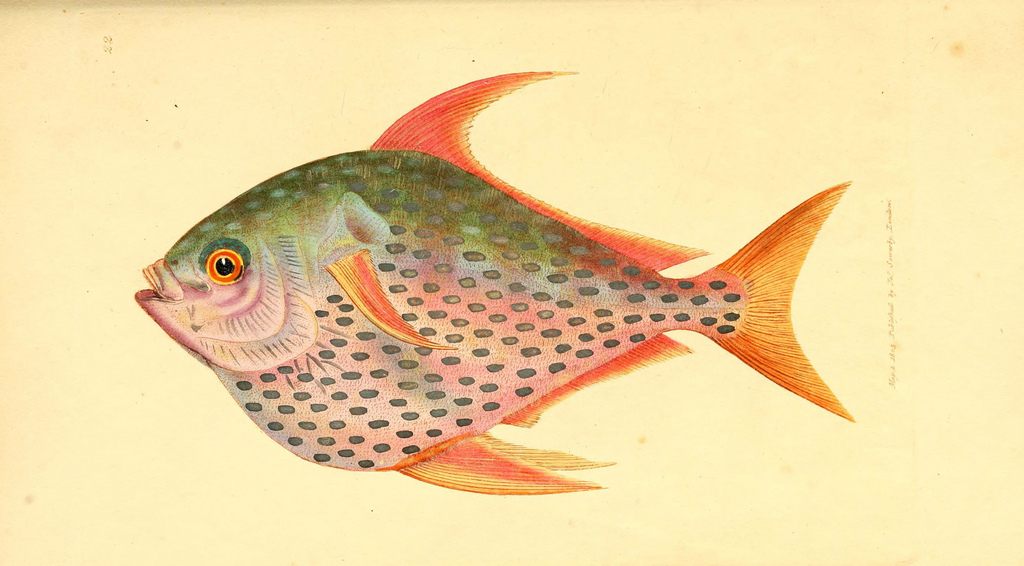
Just three years ago it was found that the opah, or moonfish, is the first known warm-blooded fish, meaning that it can keep its body temperature higher than the surrounding water. They can reach up to 6 feet in length, usually reside in the depths of temperate and tropical oceans, and are reportedly good raw, cured, or sautéed.
The academy once had an opah to call its own, acquired in 1849 from the collection of Charles Lucien Bonaparte, Napoleon’s nephew. “While his uncle was trying to conquer Europe,” Sabaj says, Charles “was studying the fishes of Europe.”
But that opah went missing decades ago—either forgotten on an indefinite loan to another museum, or destroyed in a flood, or simply thrown away. The fish from Habauchi’s photo had already been sold, so Sabaj decided to write to the fishers in Hawaii who had caught it, to ask them to send the next opah they came across to Samuels & Son, which could pass it on to the academy’s collection.

It was the first time Sabaj had written directly to fishers, but it’s just a recent iteration in a longstanding relationship—fish collectors often befriend their local fishers to obtain specimens for their collections, and curators around the country say this is a relatively common practice with deep historical roots.
Perhaps one of the most famous fishermen who contributed to a natural history museum was the author of The Old Man and the Sea, Ernest Hemingway. “Hemingway was a very avid amateur fisherman, but a very good one,” says Bob Peck, a fellow and historian at the Academy of Natural Sciences.
In 1934, the president of the academy, Charles Cadwalader, wrote to Hemingway (sound familiar?) to say he was working on a book about the fish of the Atlantic. After an exchange, Hemingway went to Philadelphia to talk it over, and eventually extended an offer to Cadwalader and ichthyologist Henry Fowler to join him in Cuba on his boat Pilar. “This was not a casual weekend getaway,” Peck says. “They ended up spending six weeks with him, fishing every day.”

The relationship continued long after the trip, and Hemingway sent photographs of himself with his recent catches. On occasion, he even sent specimens for the collection.
“Am sending by the ferry this morning to be re-iced in Key West and shipped to you at the museum, one of the small tuna-shaped fish that looks from length of fin to be possibly an albacore,” Hemingway wrote. At the end, he adds “If you don’t want him as a specimen and he gets there in good shape, wash the salt out, cut the meat off both sides of the back bone and broil it.” It wasn’t eaten; the fish is still in the collection today.

Only a few days after Sabaj sent his request to Hawaii, word came that another opah was caught, and it was on its way to Samuels & Son’s warehouse in Philadelphia. When it arrived, Sabaj hopped into the academy’s truck to pick up his prize.
He turned the key and the truck shuddered to life, with country music filling the car. “An entomologist had this car before me,” Sabaj said, turning off the radio. “And he’s got poor taste in music.”
As he drove, Sabaj recalled the time a colleague in the England sent him a catfish on ice via airplane, but by the time it had arrived in Philadelphia, the ice had melted and the fish had started to smell. “Customs snagged it. And they didn’t want to give it to me at first,” he said, laughing. “Maybe they wondered why I had so much interest in this dead, smelly fish. I guess it was a little suspicious.”

Samuels & Son, a family business that has been selling fish for about a century, is in a desolate part of town, all warehouses and parking lots, with Philadelphia’s sports stadiums looming over everything.
“I’m excited,” Sabaj said as he pulled onto the loading dock. “I’ve never seen an opah in the flesh.” He popped the “P” with the same flair that they use at Greek restaurants when they light cheese on fire.
The industrial air conditioners in the storeroom hummed loudly, and dead fish on ice lined the walls. Joe Lasprogata, Samuels & Son’s biologist, wheeled out a box. They lifted the lid and there it was in all its glory—72 pounds of ectothermic lamprid.
“Wow, fantastic! Look at the size of that eye!” Sabaj said, smiling down at the dead fish as if it were a newborn. “Holy cow, it’s beautiful. I mean, look at it!” He pulled at its fiery orange fins, which looked translucent, like stained glass with yellow trim.

As Sabaj examined the opah, Lasprogata told him that the fish was caught off the coast of Hawaii by fishers with Garden & Valley Isle Seafood. “I’ve known them for 25 years,” Lasprogata said. Garden & Valley also provided the name of the boat captain and the vessel, as well as coordinates of where the fish was brought on board. Sabaj will record those details alongside the specimen for scientific purposes.
Missing that level of detail, about when, where, and how a specimen was collected, can be one of the downsides of this relationship with fishers, says Ben Frable, collection manager of marine vertebrates at the Scripps Institution of Oceanography. “These things get pretty important, especially nowadays, when collections are coming into the 21st century. You have people that are doing these much larger analyses,” he says, “and they’re using this additional data in really interesting ways that we didn’t really think about before.”

Despite possible shortcomings in data, the long history of cooperation between curators and fishers is going to continue. “The fishermen are out there on the water effectively collecting objects of natural history,” says Eric Hilton, the curator of the fish collection at the Virginia Institute of Marine Science. “And if those specimens that they’ve caught can help contribute to the scientific knowledge of those species, that’s a great thing.”
Back in the basement of the academy, Sabaj laid the opah down in a large wooden box. “You’re almost home, buddy,” he said, gesturing around at the shelves of fish in jars. Using a syringe, he injected formaldehyde. “Fish morticians,” he said, stabbing. “That’s what this part feels like.”
He poured more formaldehyde and water over the fish and then covered it in a gauzy cloth, a little like he was tucking it in for bed, and nearly as gently. The lid of the box fell with a dull thud. That, for the foreseeable future, will be where the opah resides, in a sea of fellow specimens.



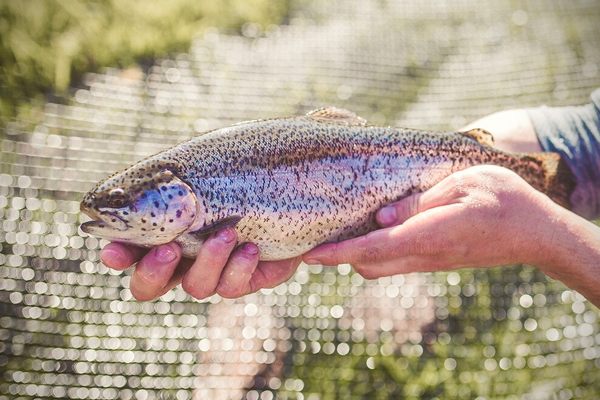
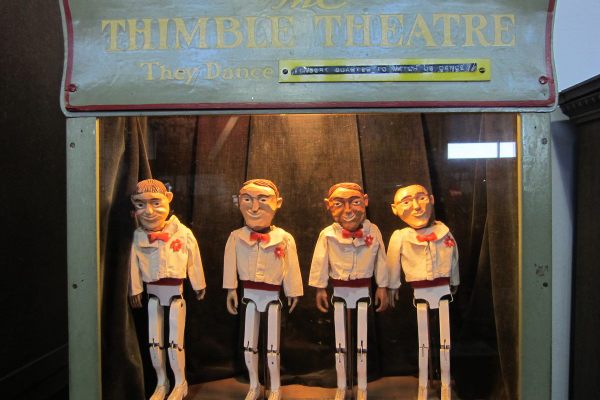
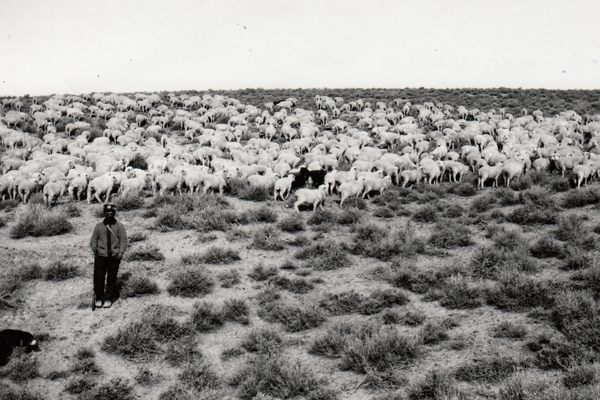
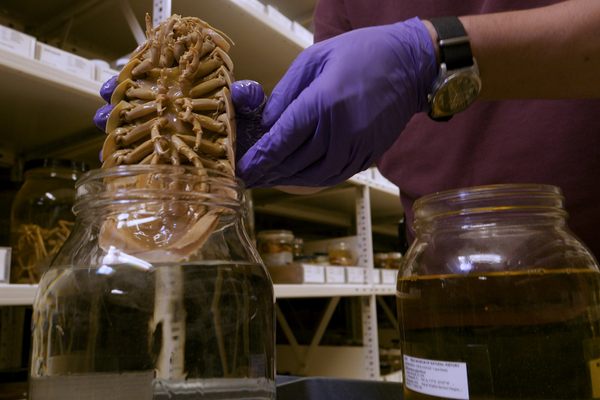































Follow us on Twitter to get the latest on the world's hidden wonders.
Like us on Facebook to get the latest on the world's hidden wonders.
Follow us on Twitter Like us on Facebook